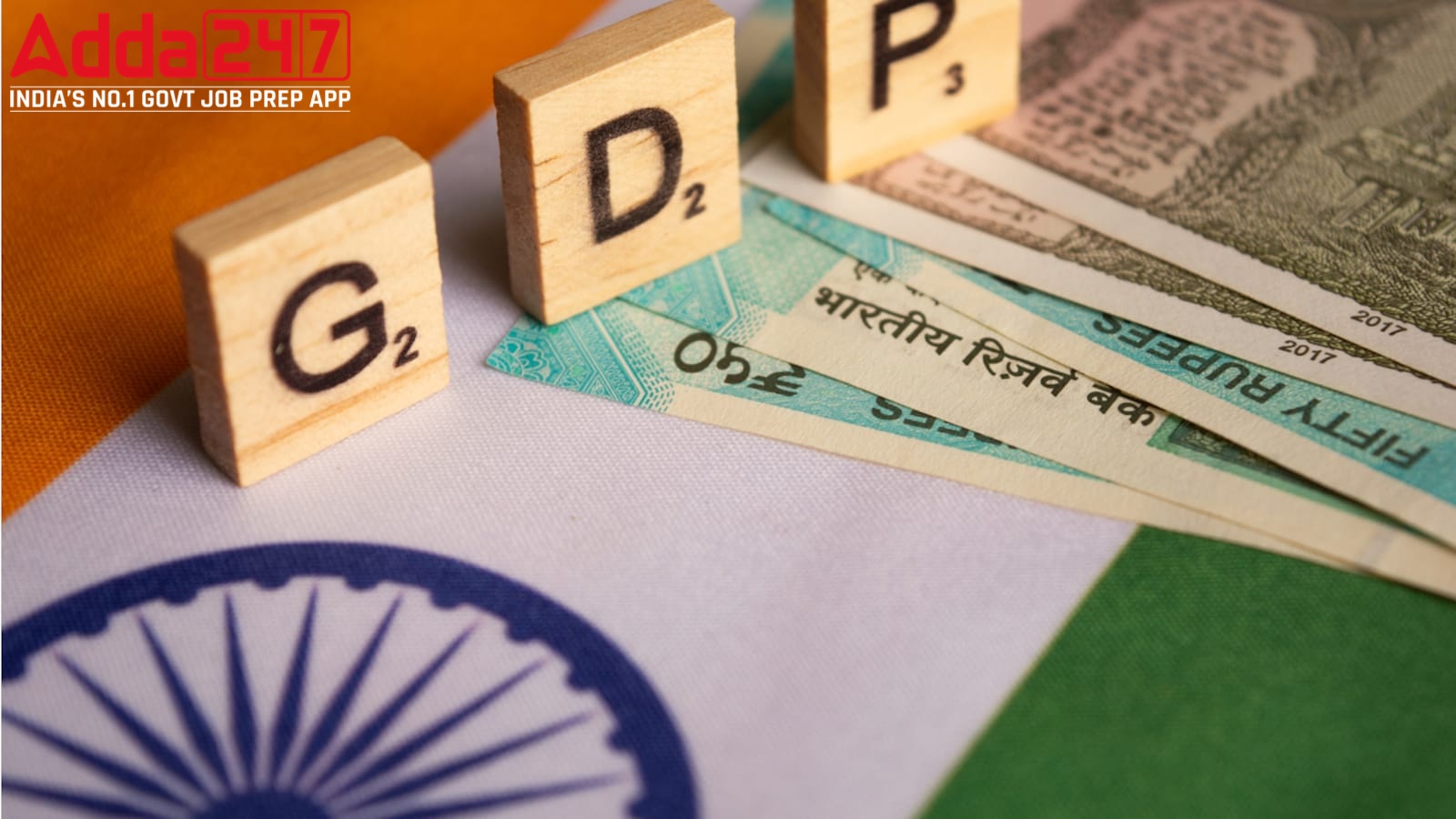A weak rupee and elevated fuel prices will keep India’s current account deficit (CAD) under pressure with analysts seeing it at about 3% of GDP in FY23 compared to 1.2% in FY22 even as these will exert pressure on government finances. Subsidy expenditure is seen to rise to levels significantly higher than projected. Higher oil import bill on account of weak rupee will straddle several sectors, including fertilisers and metals, and also result in lower dividend receipts from state-run fuel retailers whose margins will be hit. Rupee hit a record low of 80 against US dollar for the first time in intra-day trade, before closing at 79.95.
Bank Maha Pack includes Live Batches, Test Series, Video Lectures & eBooks
What The Economists Said:
“The CAD is one of the causes of the rupee to slide on the side of fundamentals as a wider CAD which is not matched by capital flows (FPI inflows are negative) does lead to the rupee falling. We expect CAD to reach 3% of GDP this year,” said Madan Sabnavis, chief economist, Bank of Baroda. India, being a net commodity importer, is getting affected by high commodity prices and a weak currency. Although commodity prices have come off from the recent highs, weak currency continues to have its impact on Indian economy. India Ratings chief economist DK Pant also expects current account deficit to be about 3% of GDP in FY23. “The non-tax revenue (dividend by public sector OMCs) is likely to be affected. However, if the fuel prices don’t correct in the rest of the year, fiscal arithmetic could be impacted much, Pant said.
What Govt Has Done:
- The government has already announced that the fertiliser subsidy is likely to be higher by Rs 1.1 trillion in FY23 over and above the budget estimate of Rs 1.05 trillion for the year. “Oil prices have been volatile and moving in either direction. An average of $100-110 looks likely in the next three months in the absence of any fresh moves by the Western nations in terms of sanctions on Russia.
- Higher gas price will push up prices of fertilisers as it is the major cost for companies. This can lead to higher subsidy allocation, but we need to wait and see,” said Sabnavis. The average price for Asian spot liquefied natural gas (LNG) for September delivery was estimated at $41 per mmBtu, a four-month high and close to record level seen in December at $44.35/mmBtu. Though benchmark Brent prices have softened by over 15-20% in the last three weeks on recessionary fears to even below $100 a barrel recently, the Brent futures for September was trading at $105.5 a barrel. Fuel retailers are presently bearing higher cost of crude oil as consumer price is not rising even as taxes have been lowered by Centre and by some states, more recently Maharashtra. “This will mean lower profits and hence lower dividend for the government at a time when the RBI also has paid lower dividend. Therefore, non tax revenue will be under pressure,” Sabnavis added.
- On May 21, the government had cut excise duty on petrol by Rs 8/litre to Rs 19.1/litre and that on diesel by Rs 6/litre to Rs 15.8/litre to give relief to consumers, a move that would cost the exchequer about Rs 85,000 crore in FY23.
- Besides tax relief, the Centre is also estimated to spend an extra Rs 2 trillion in aggregate over the Budget Estimate on fertiliser, food and fuel subsidies in FY23. While about Rs 1.5 trillion (about Rs 1.3 trillion additional net tax revenues due to buoyancy and Rs 20,000 crore extra expected in disinvestment receipts) extra revenues would offset the large chunk of extra spending, bulk of the remaining Rs 50,000 crore could now be covered by the new imposts on crude and petroleum product exports.
Trade Deficit So For:
India’s trade deficit was at a record in May and June ($25 billion/month), driven by record imports ($63 billion/month). Imports (ex oil & gold) were over 30% on-year for past five months. Exports are also near record, but growth is lower. “At $110/bbl crude, estimating FY23 CAD at 3.5% of GDP, though every $10/bbl decline will bring this down by 0.3-0.4 ppt,” according to Jefferies Equity Research. It said rupee could hit Rs 81-82/USD by end FY23, assuming crude stays flattish.
Find More News on Economy Here




 Exploring Bondi Beach: Sun, Surf and Syd...
Exploring Bondi Beach: Sun, Surf and Syd...
 ISRO Projects Seven Launches Including U...
ISRO Projects Seven Launches Including U...







